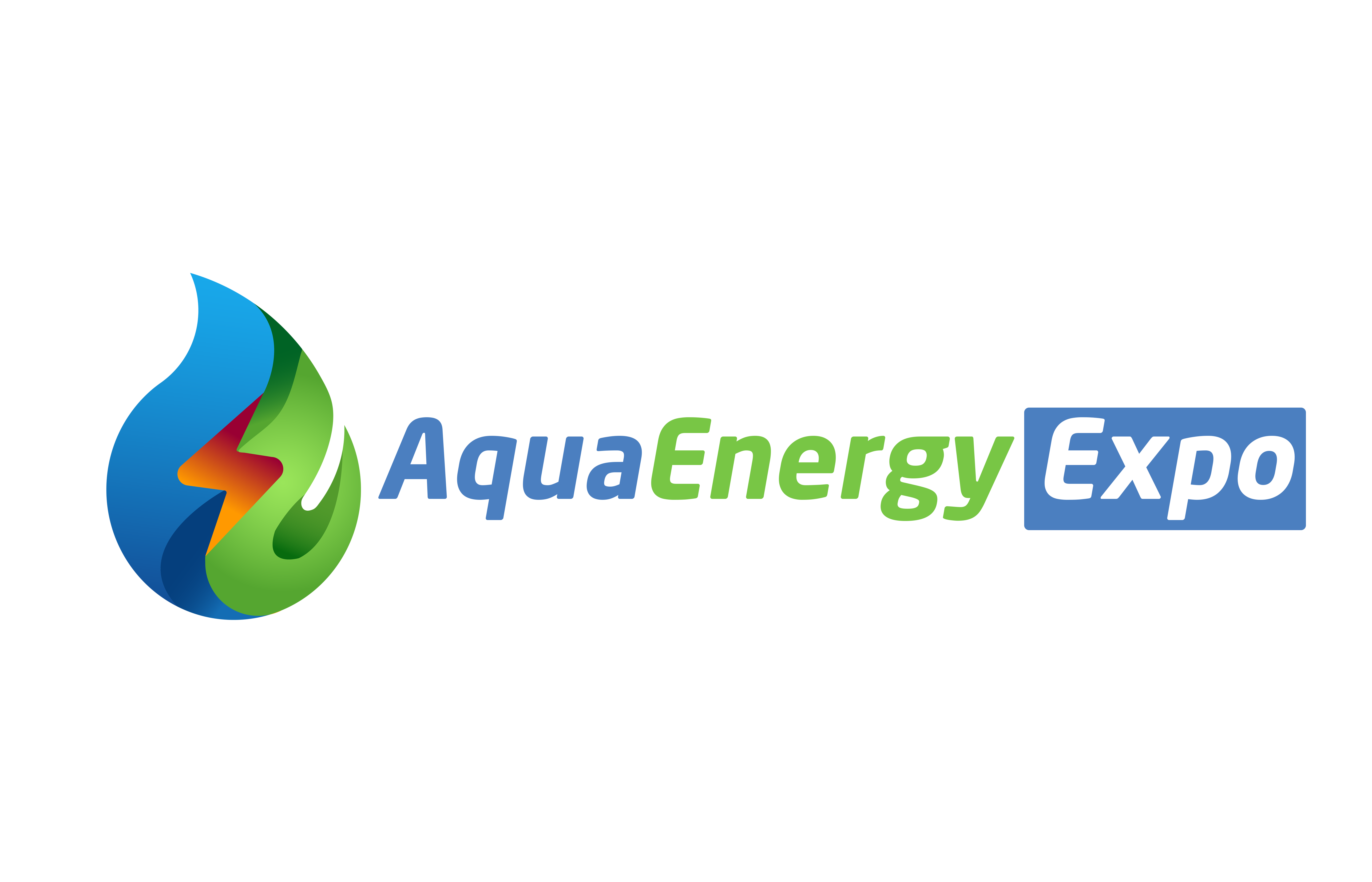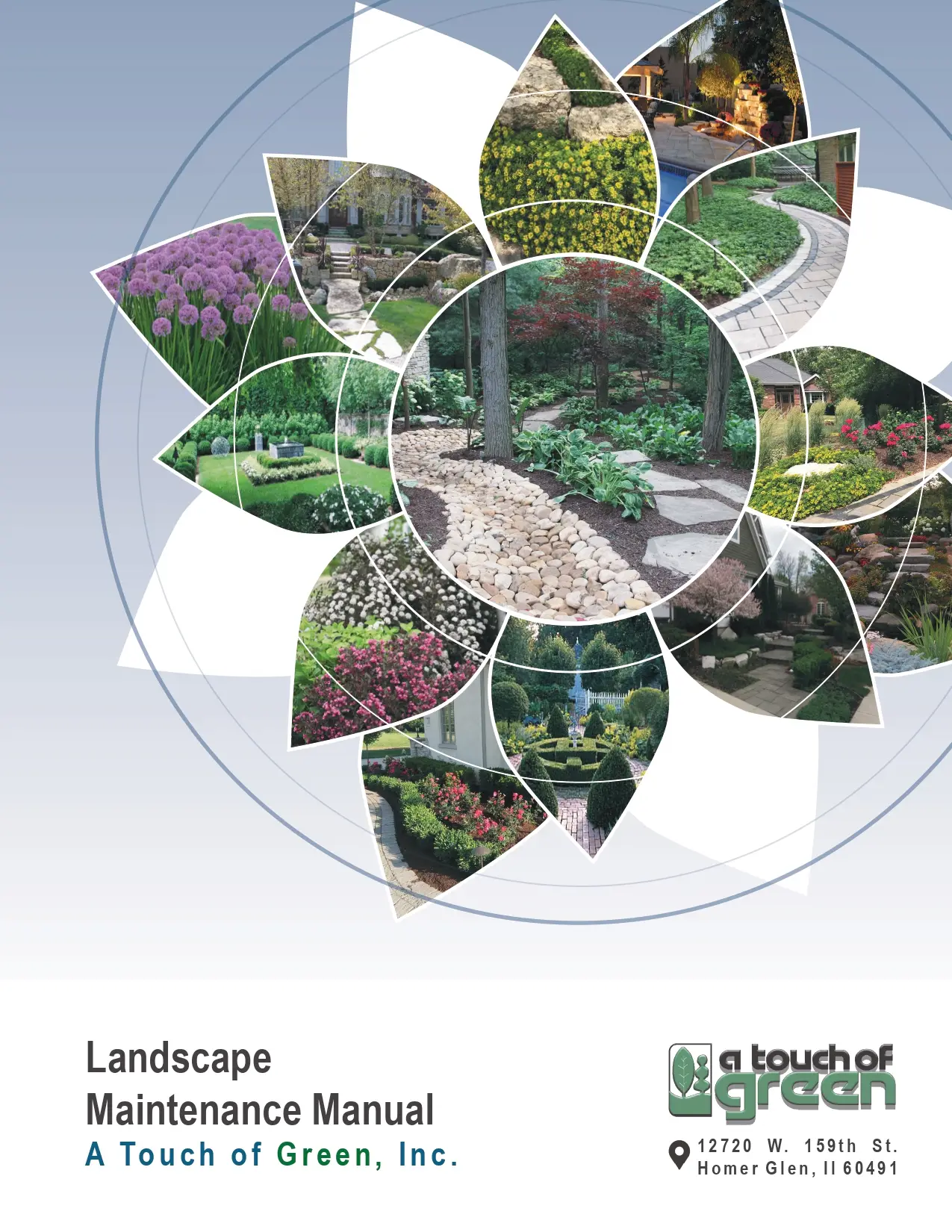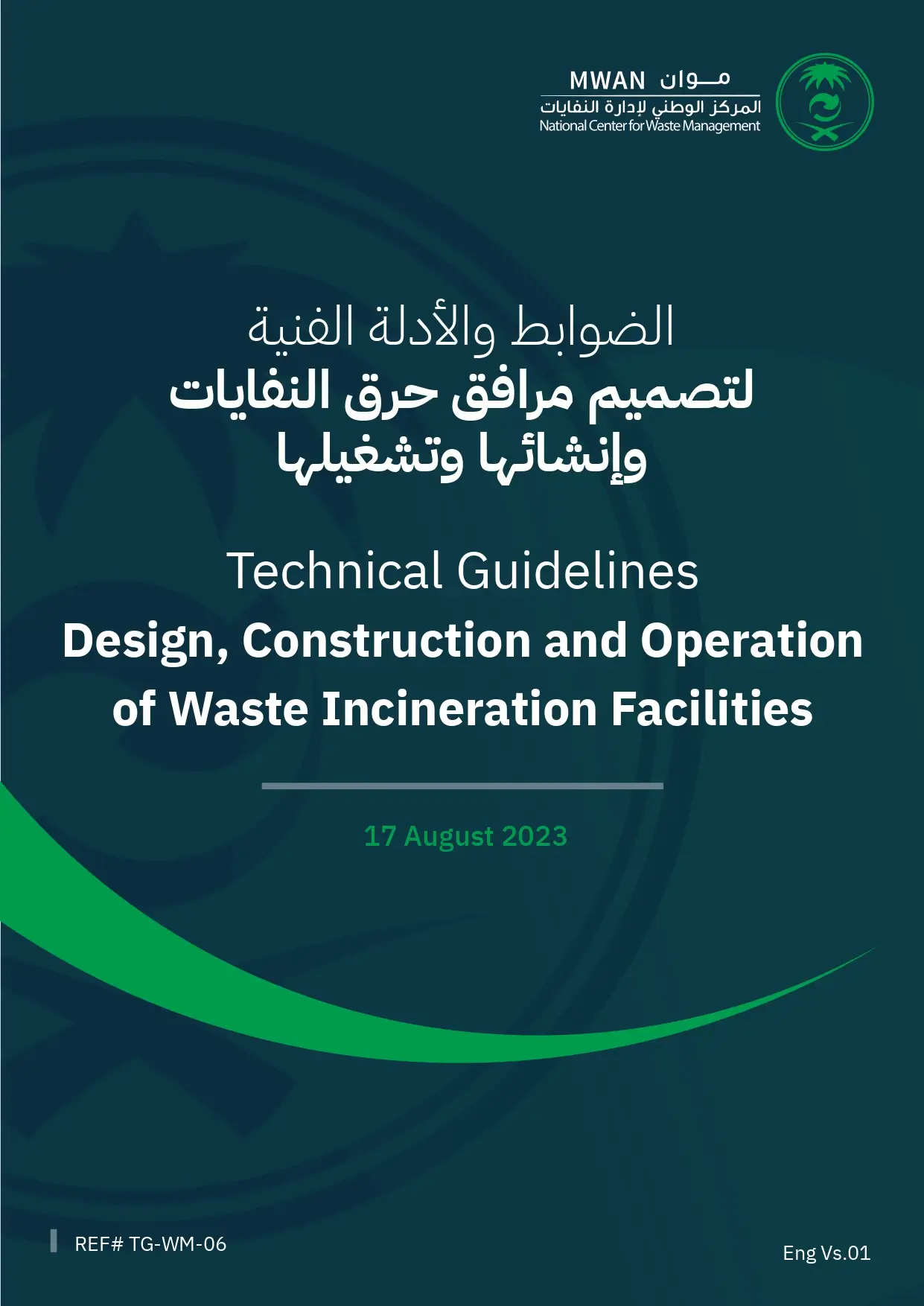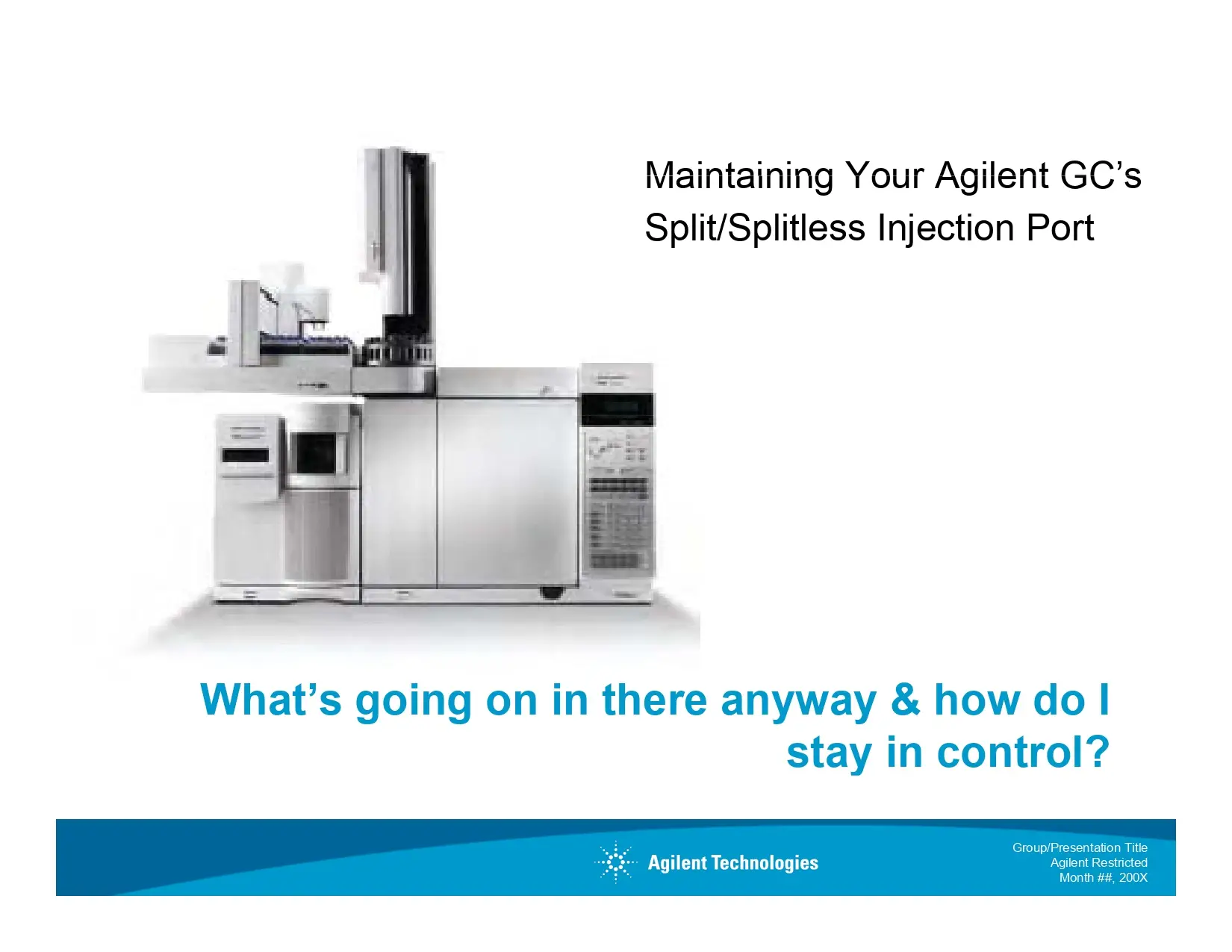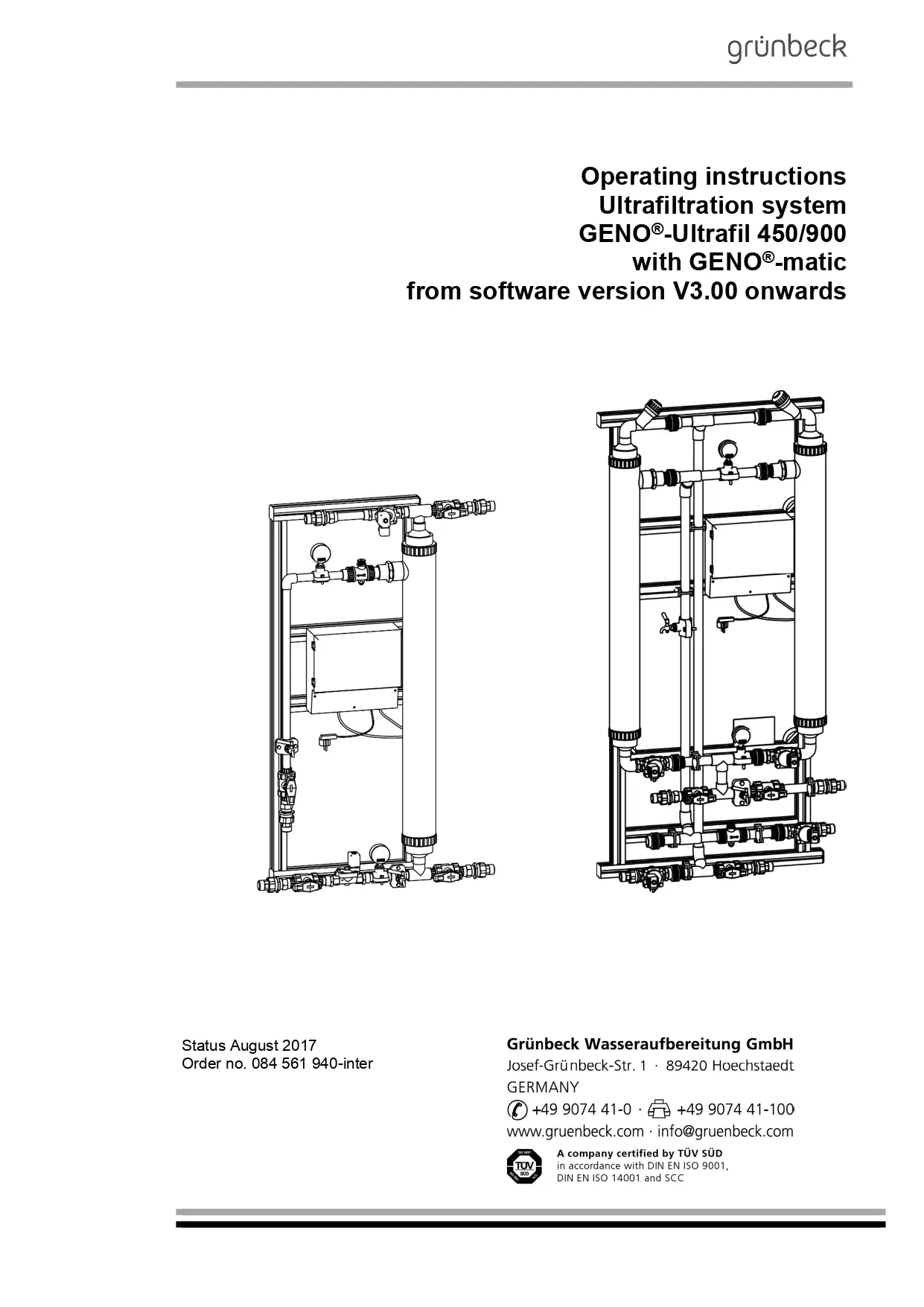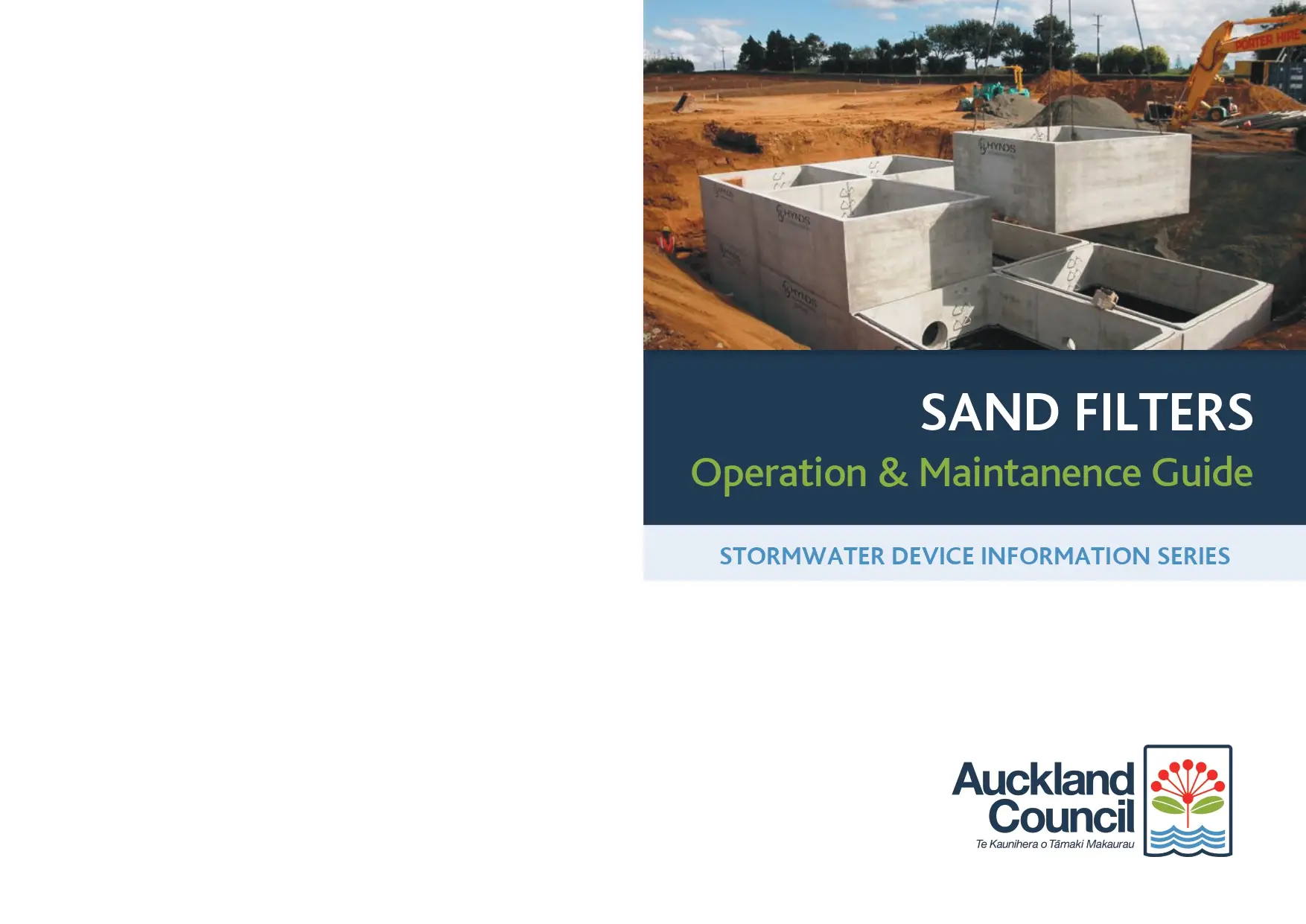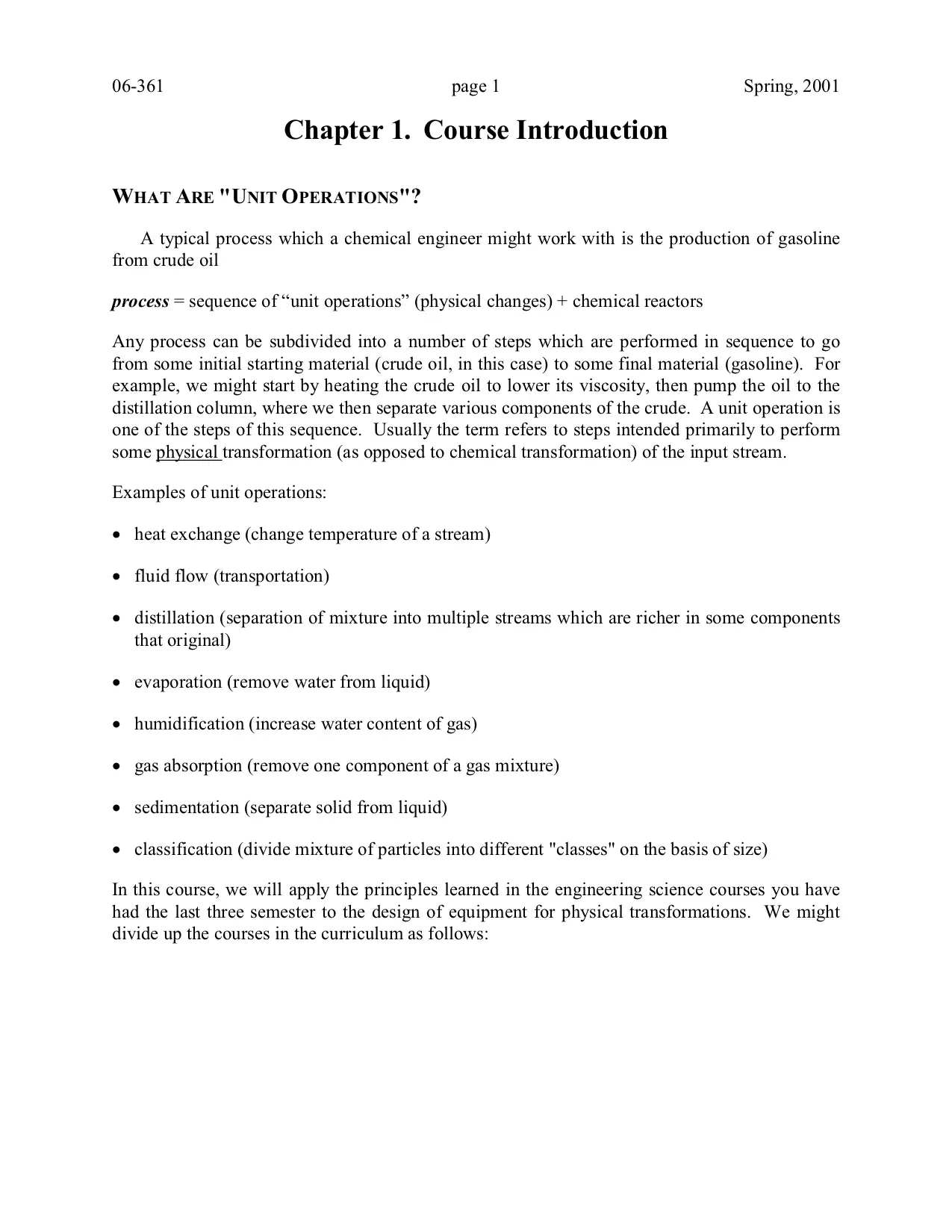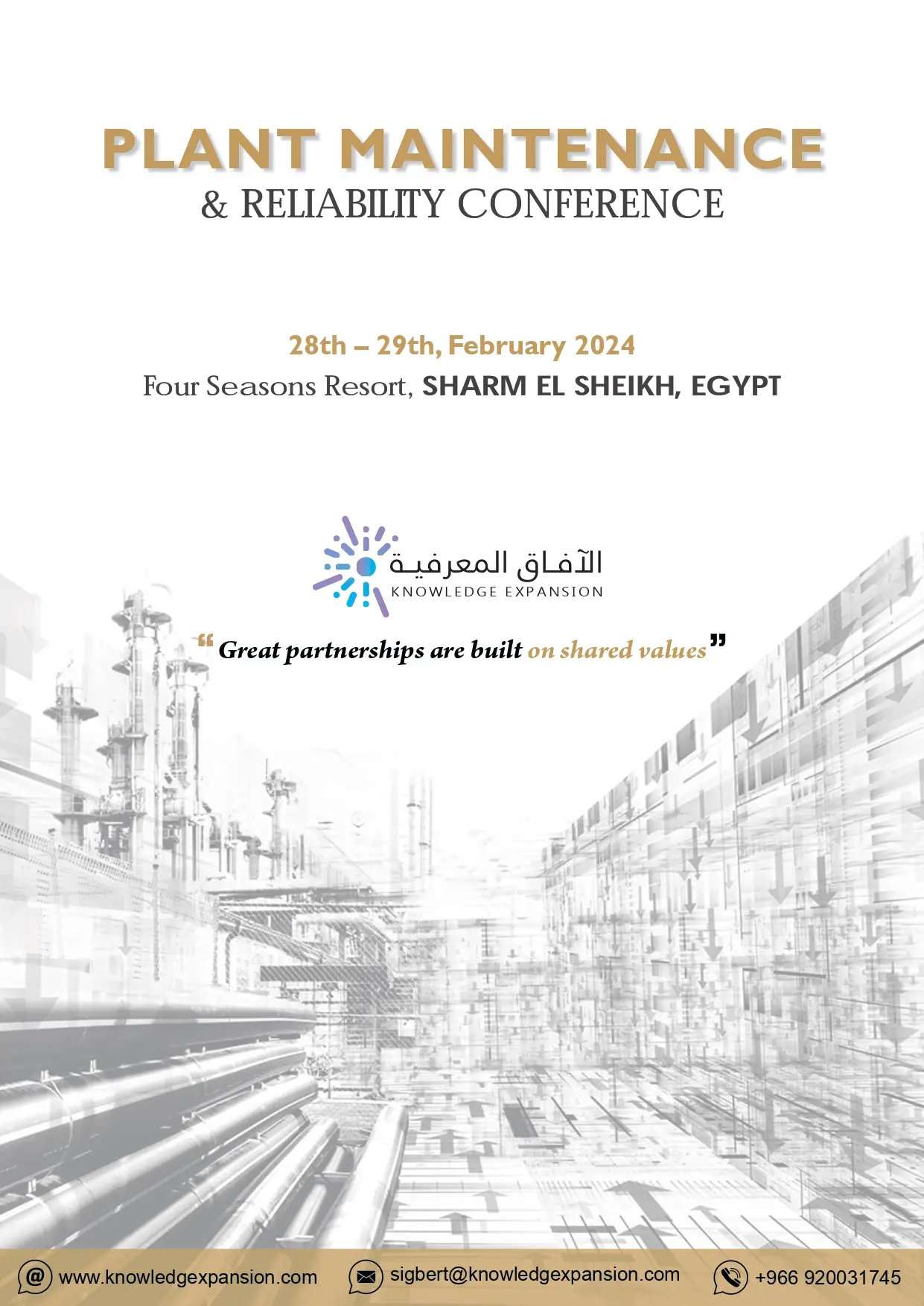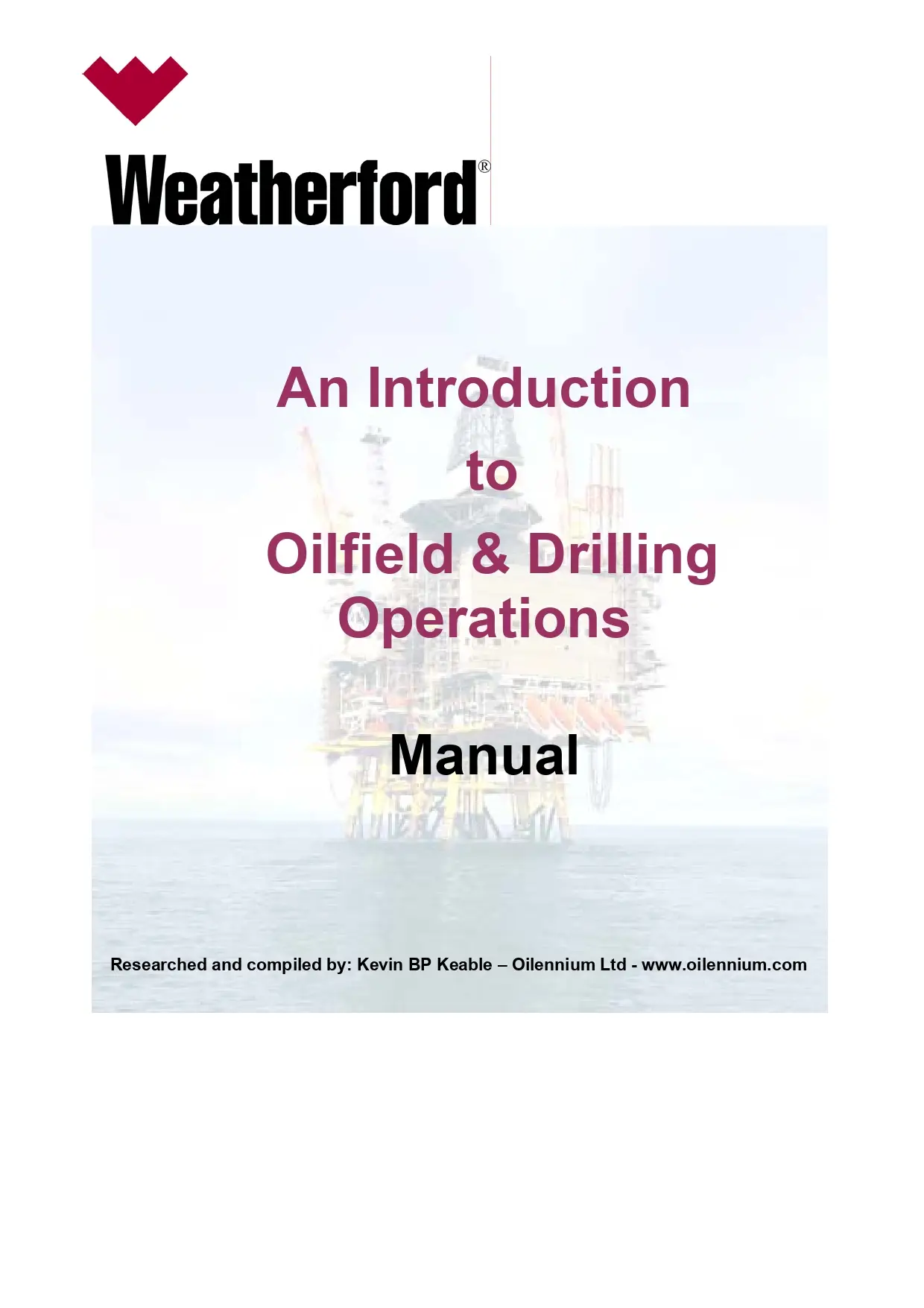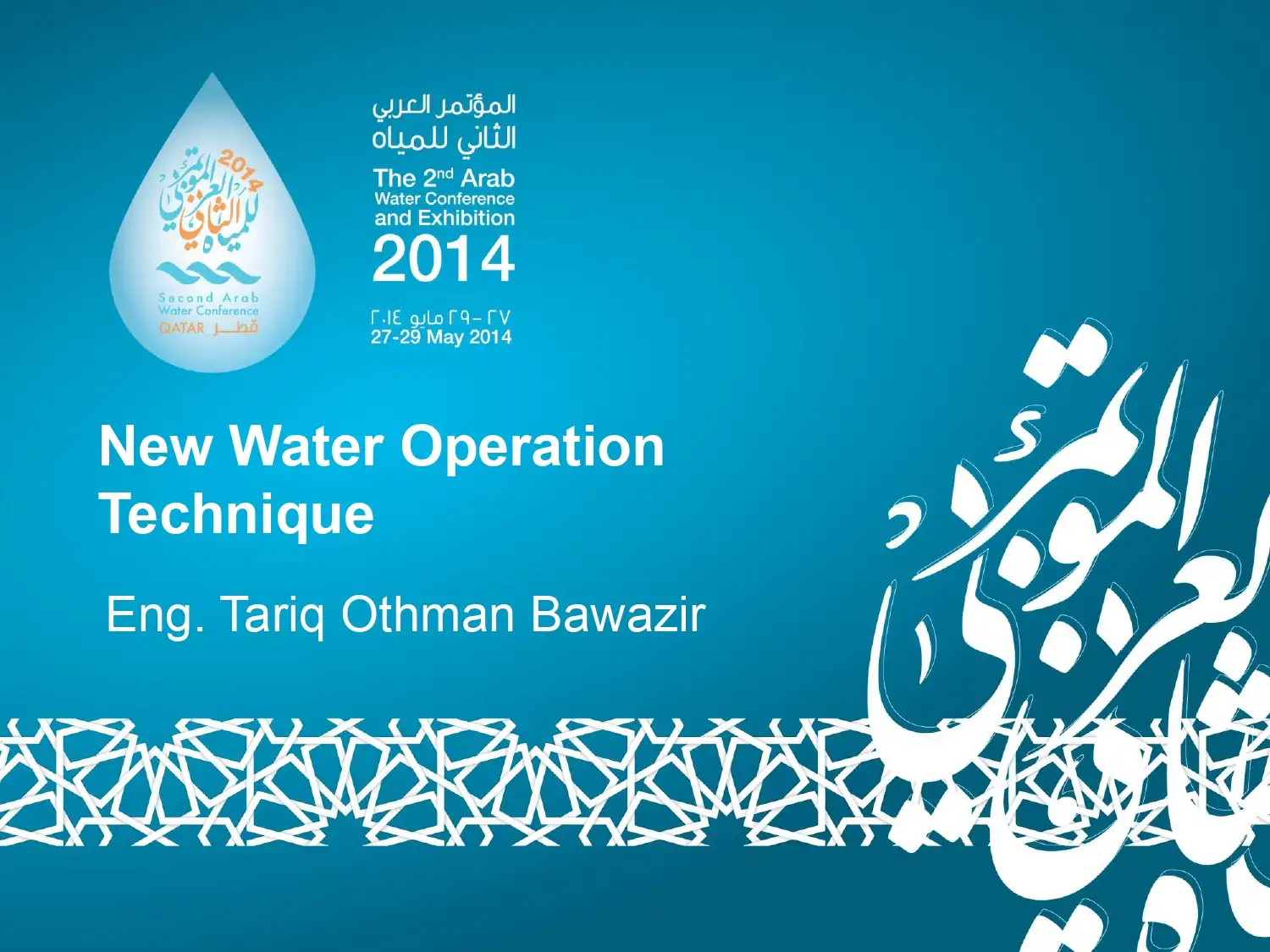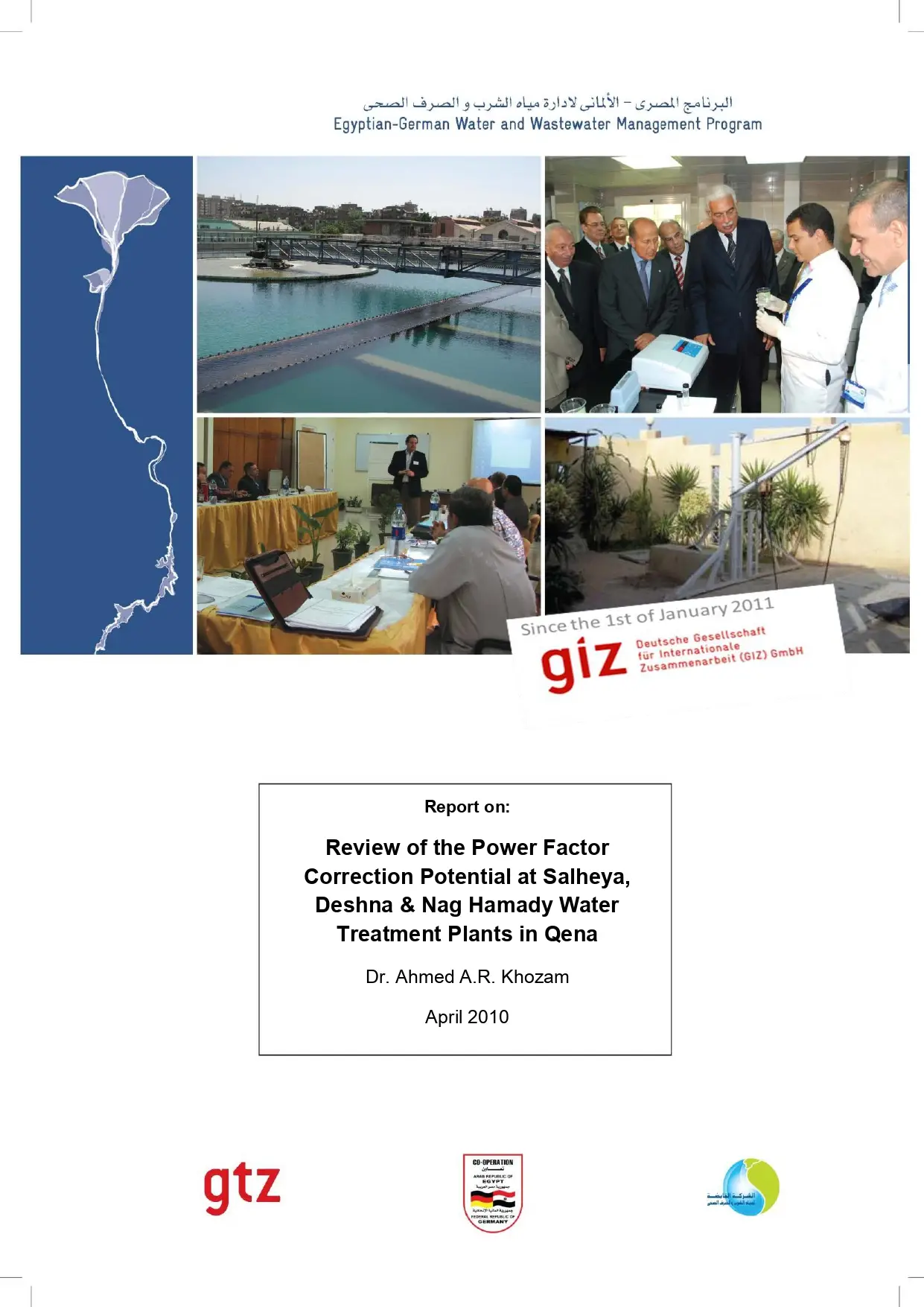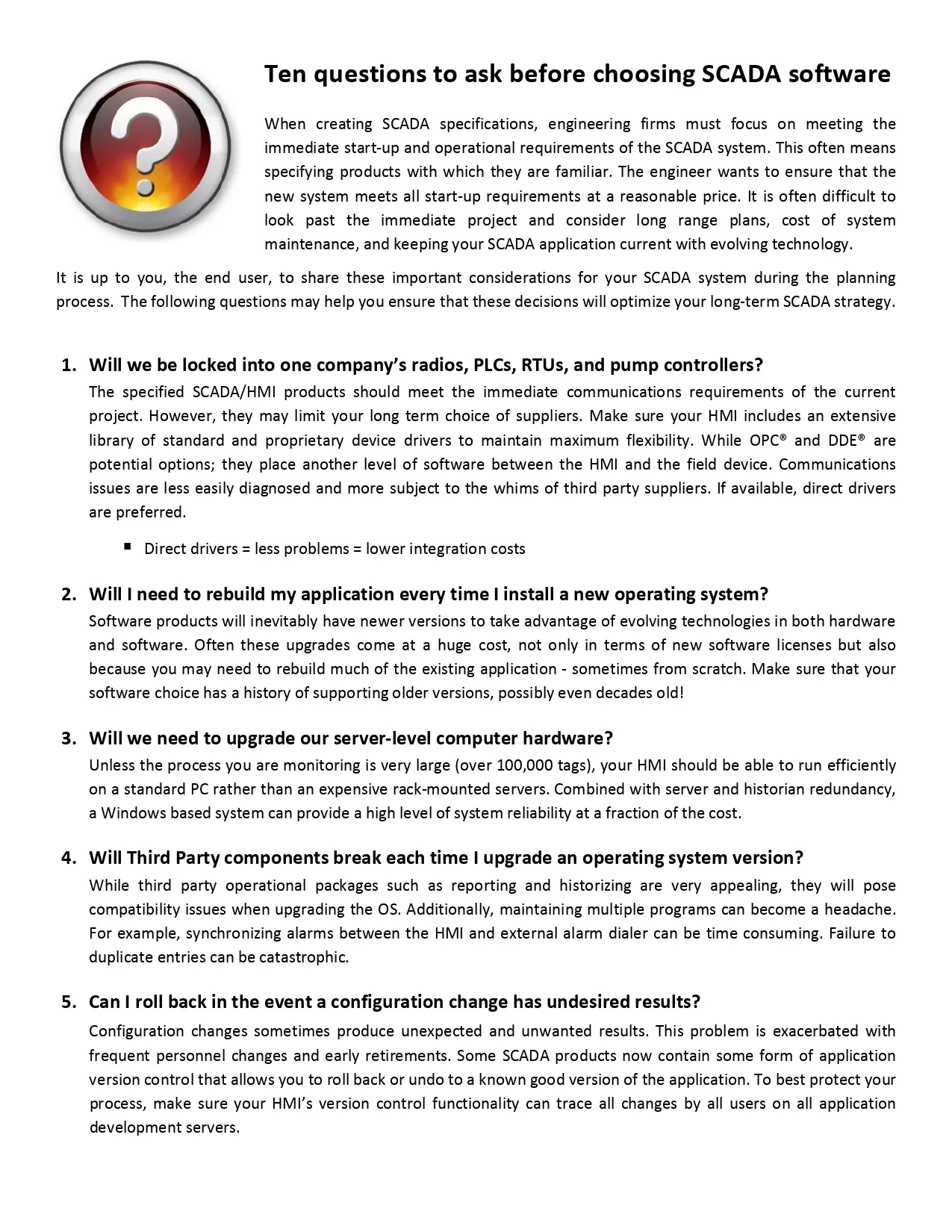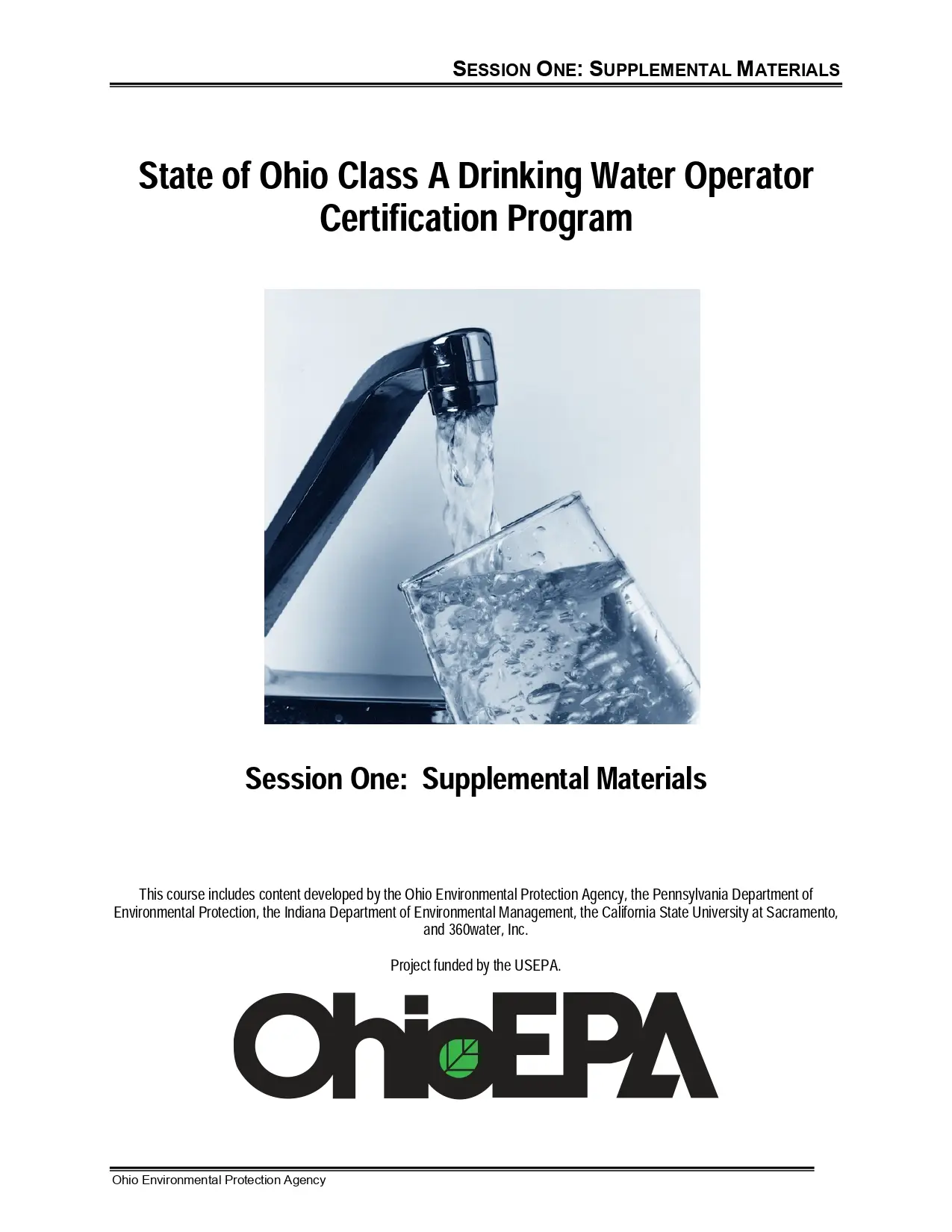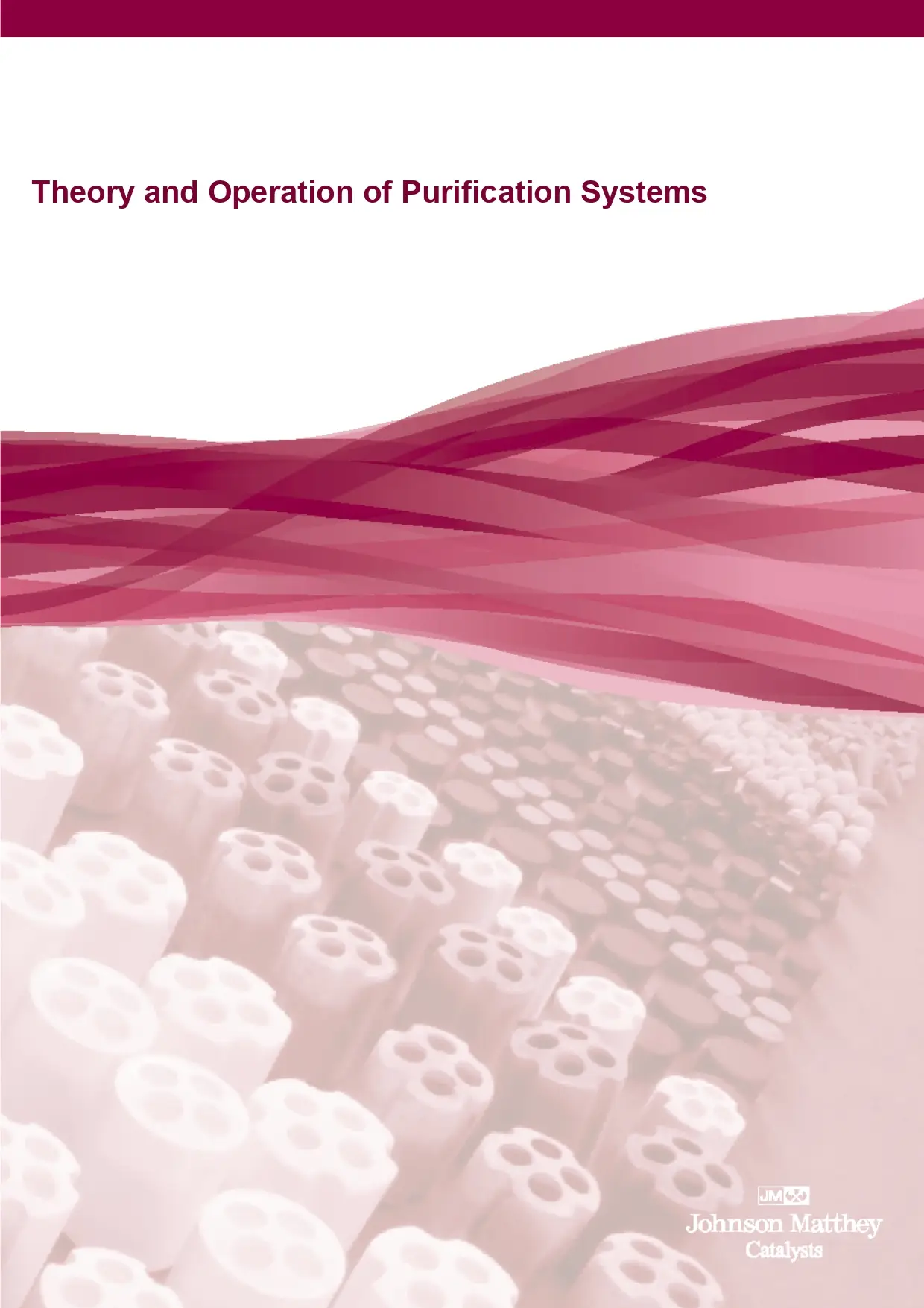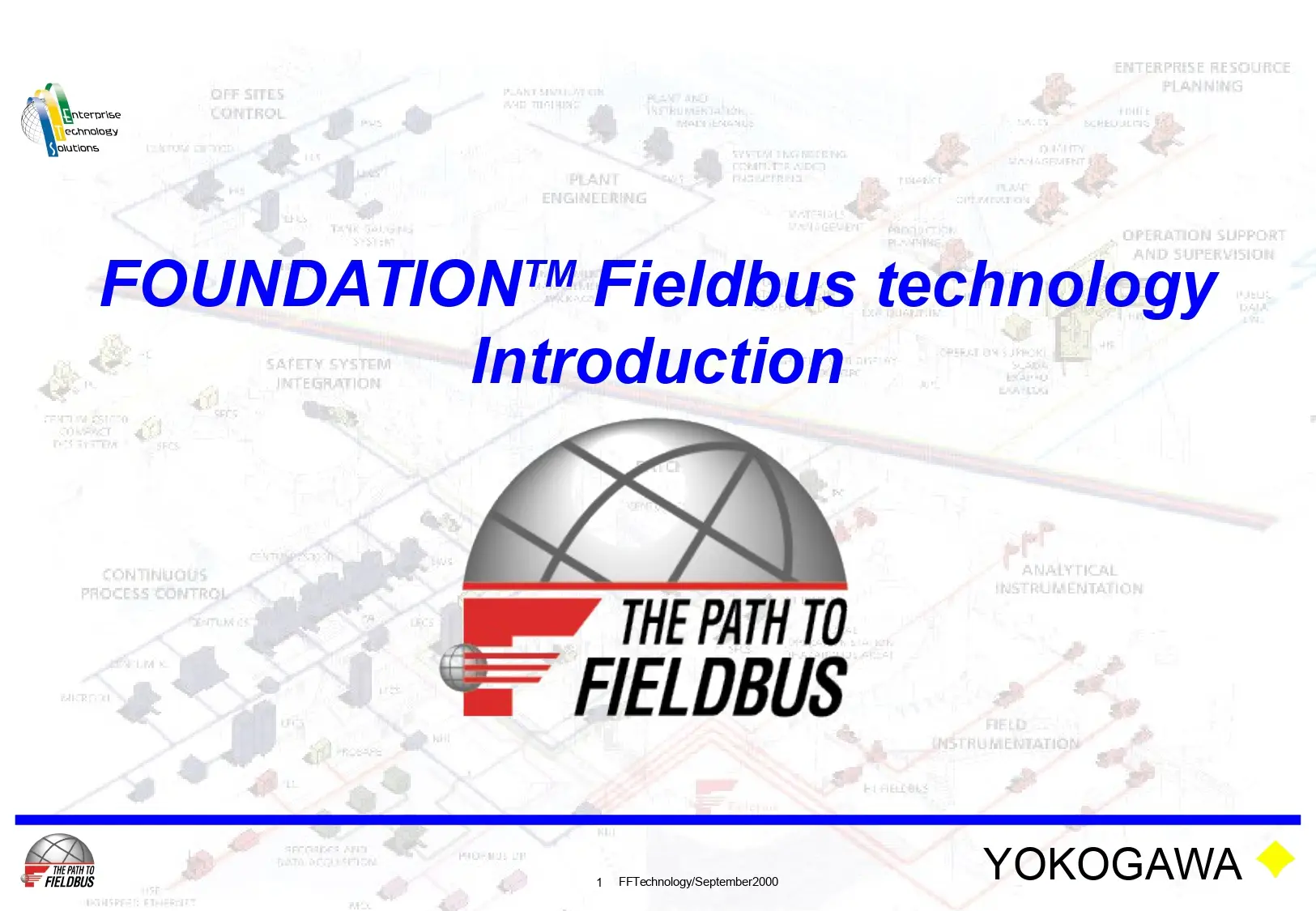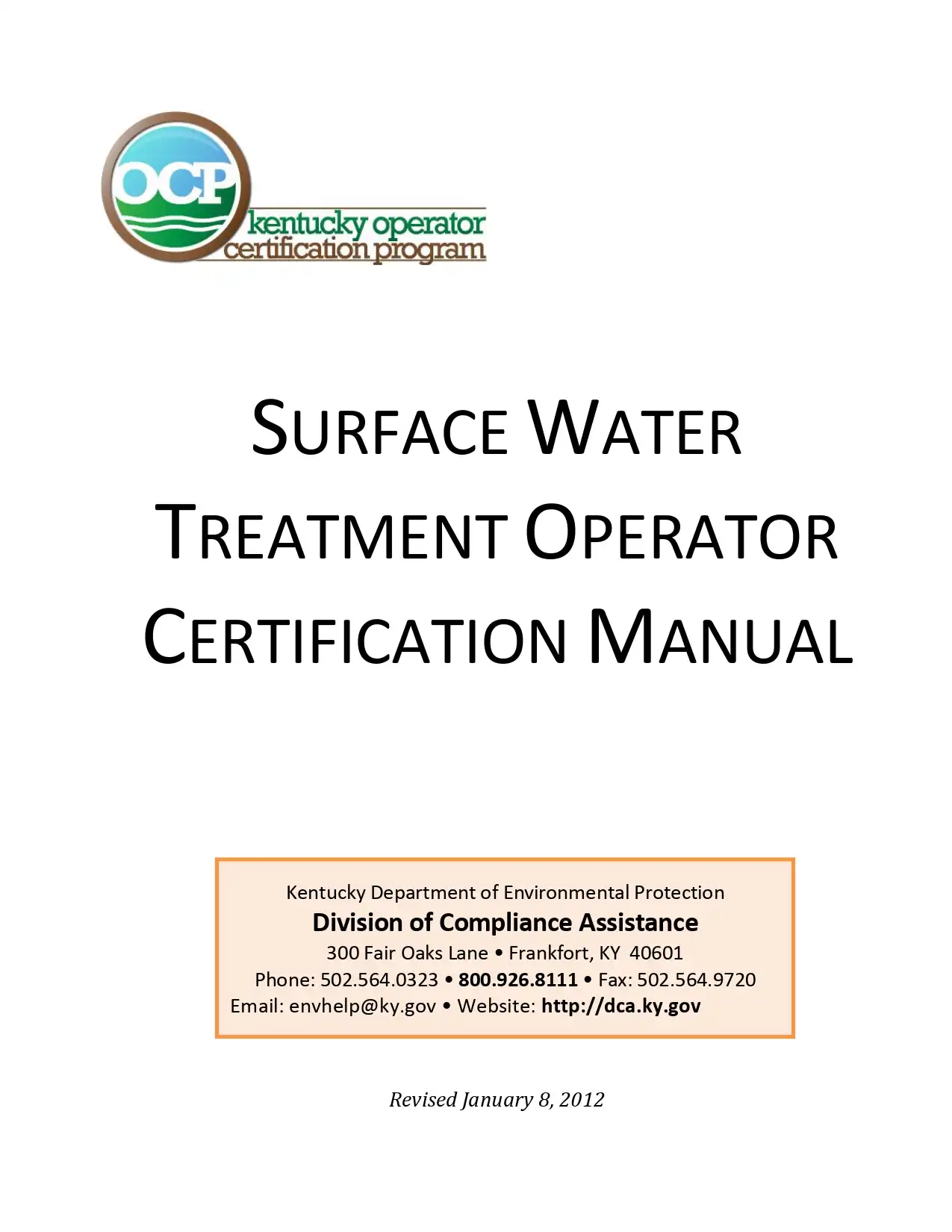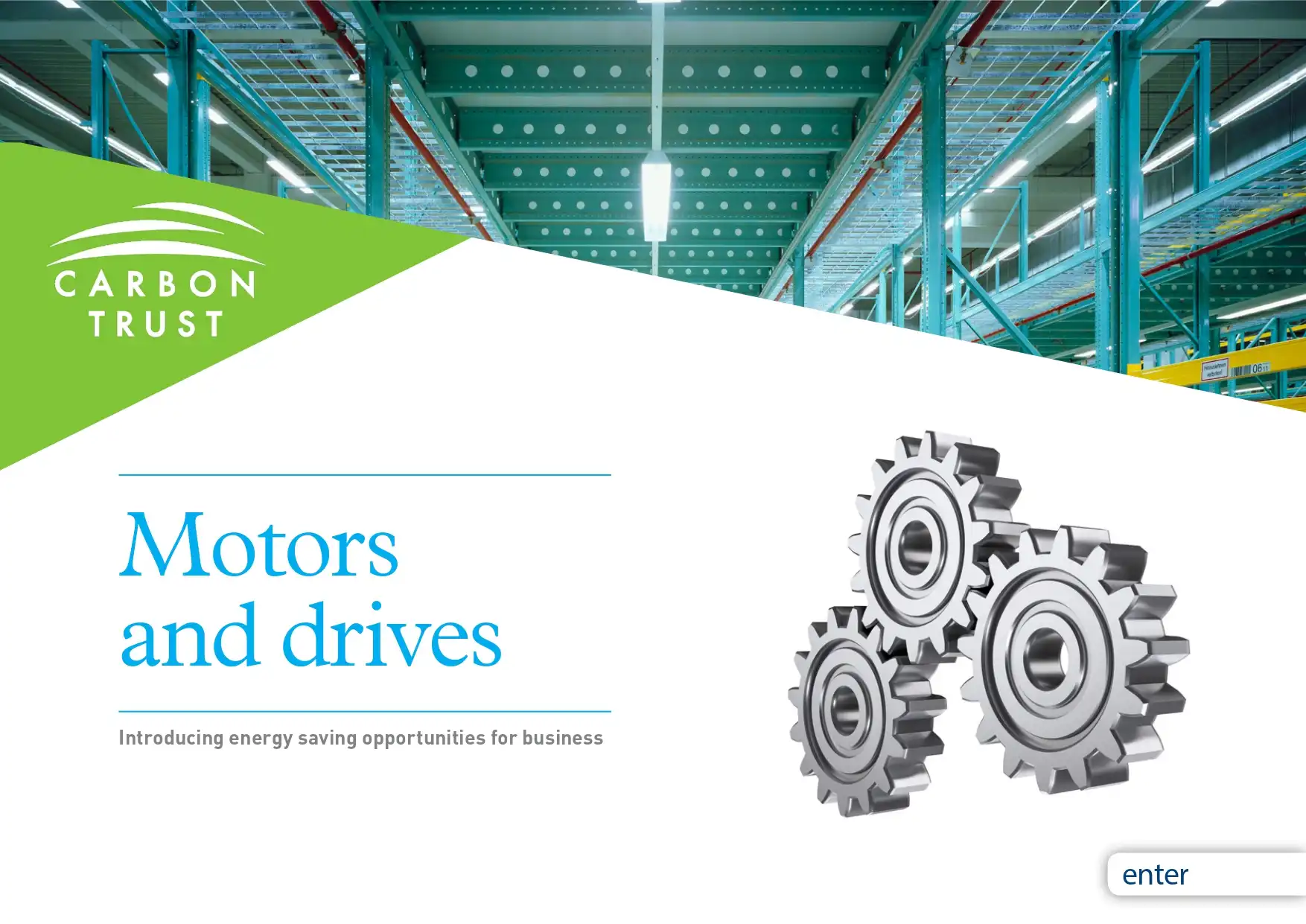An Introduction To Oilfield & Drilling Operations
The oil industry provides us with so much; fuel for our cars and trucks and aeroplanes; electrical power for our homes; road surfaces; plastics of all kinds; even medicines. We rely so heavily on oil and gas and their products, that it would be hard to imagine life without it. Over the past 100 years the oil industry has grown and developed to be one of the most powerful and large industries in the world; with many countries relying on it for money. Poorer countries have gained a lot from oil with revenue in the form of license sharing, taxes and nationalised companies providing lots of money for national governments and over a long period too.
An Introduction To Oilfield & Drilling Operations
The oil industry provides us with so much; fuel for our cars and trucks and aeroplanes; electrical power for our homes; road surfaces; plastics of all kinds; even medicines. We rely so heavily on oil and gas and their products, that it would be hard to imagine life without it. Over the past 100 years the oil industry has grown and developed to be one of the most powerful and large industries in the world; with many countries relying on it for money. Poorer countries have gained a lot from oil with revenue in the form of license sharing, taxes and nationalised companies providing lots of money for national governments and over a long period too.

